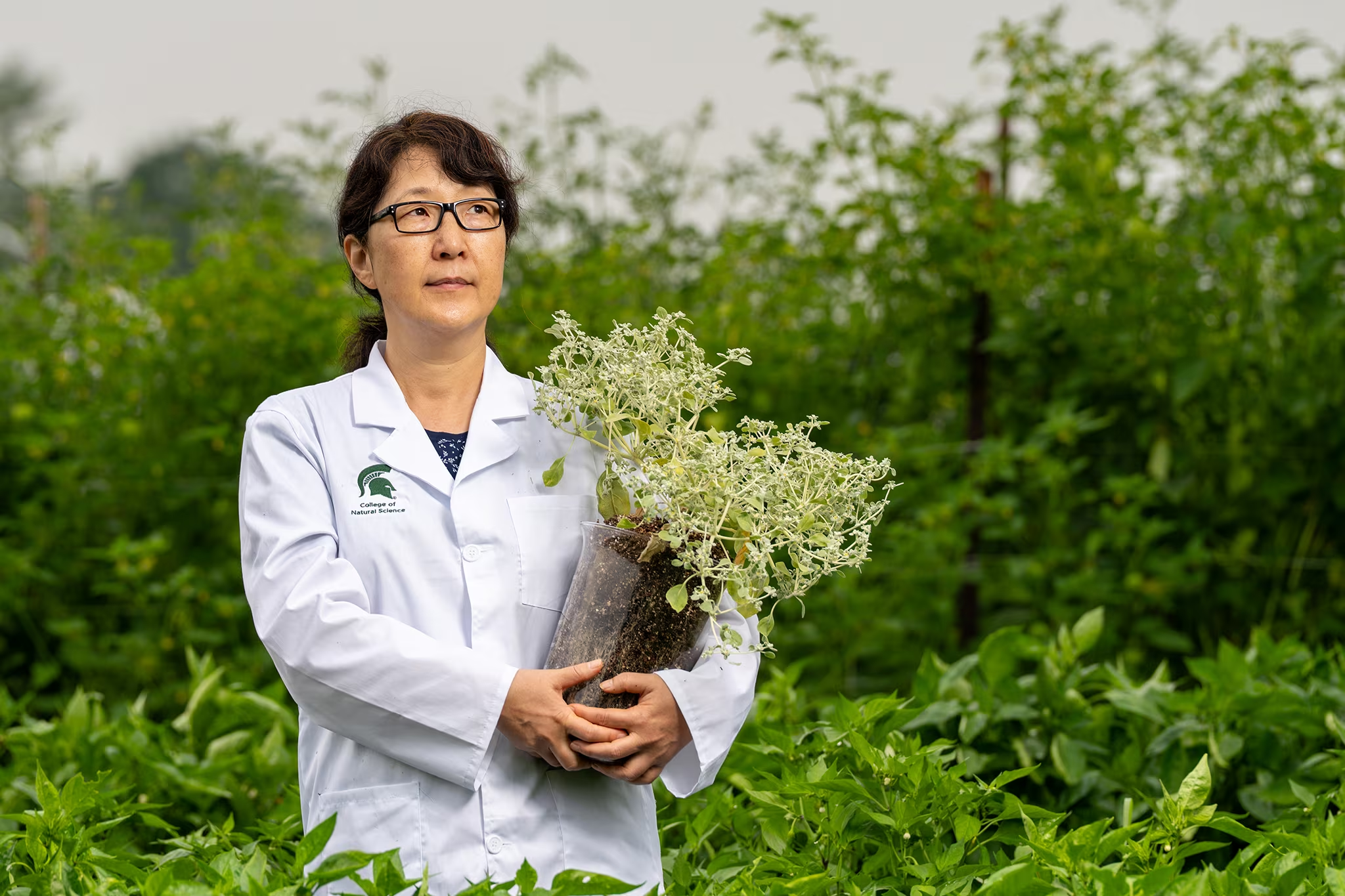Unlocking Extreme Resilience: The Groundbreaking Study in Death Valley
In Death Valley National Park, a landscape notorious for holding the record for the hottest air temperature ever recorded on Earth—a staggering 134°F (56.7°C)—scientists have conducted a pioneering study to understand how life persists under such punishing conditions. This research, led by the Carnegie Institution for Science, focuses on a tiny, resilient native species: the Salt Creek pupfish (Cyprinodon salinus).
The groundbreaking investigation delves into the molecular mechanisms that allow this fish to survive in water temperatures reaching 110°F (43.3°C), a temperature that would be instantly lethal to nearly all other vertebrates. The findings promise critical insights into developing strategies for climate change adaptation and engineering more resilient crops and livestock in a rapidly warming world.
This study moves beyond simple observation, employing advanced molecular techniques to map the genetic and metabolic responses of the pupfish in real-time, offering a crucial blueprint for biological survival in extreme heat.
The Resilient Subject: The Salt Creek Pupfish
The Salt Creek pupfish is an endemic species, meaning it is found nowhere else in the world, confined to the shallow, highly saline, and intensely warm waters of Salt Creek within Death Valley. This environment is not only thermally challenging but also subject to extreme fluctuations in salinity and oxygen levels.

For most fish, water temperatures exceeding 86°F (30°C) cause severe physiological stress, leading to cell damage, organ failure, and death. The pupfish, however, thrives near its physiological limit of 110°F (43.3°C). This extraordinary tolerance makes it a perfect natural model for studying fundamental biological stress response pathways.
The Science of Survival
Researchers, including lead scientist Dr. Sue Rhee, a distinguished plant biologist from the Carnegie Institution for Science, collected pupfish specimens from Salt Creek. The choice of a plant biologist to lead a study on a fish highlights the interdisciplinary nature of modern climate research; the molecular mechanisms governing heat shock, protein folding, and metabolic regulation under stress are often conserved across biological kingdoms, making Dr. Rhee’s expertise in plant stress highly relevant.
The core of the study involved subjecting the collected pupfish to controlled thermal stress in a laboratory setting, mirroring the rapid temperature increases they experience in their natural habitat. The team then performed sophisticated analysis on the fish’s tissues to measure gene expression and metabolic changes.
“We are looking at how the fish’s internal machinery—its genes and proteins—respond instantly and over time to these lethal temperatures,” explained a researcher involved in the project. “Understanding which genes are switched on or off, and how metabolic pathways are rerouted, provides the instruction manual for extreme heat survival.”
Key areas of investigation included:
- Heat Shock Proteins (HSPs): Analyzing the production and function of these molecular chaperones, which prevent essential proteins from unfolding and aggregating under thermal stress.
- Mitochondrial Function: Studying how the fish maintains energy production (ATP synthesis) despite the high temperatures that typically disrupt mitochondrial efficiency.
- Cell Membrane Integrity: Investigating the composition of cell membranes, which must remain fluid yet stable at high temperatures to prevent leakage and collapse.
Molecular Secrets and Genetic Blueprints
The study’s findings are expected to reveal a suite of genes and regulatory networks that confer the pupfish’s exceptional thermotolerance. This level of molecular detail is unprecedented for a vertebrate studied in such an extreme, natural context.
Why Gene Expression Matters
Gene expression analysis provides a dynamic snapshot of the cell’s response to stress. When the water temperature rises, the pupfish doesn’t just passively endure the heat; its cells actively initiate a survival program. By identifying the specific genes activated during this stress response, scientists can pinpoint the exact biological tools the fish uses to mitigate heat damage.
This research is particularly valuable because it examines a whole, complex organism—a vertebrate—rather than just single-celled organisms or plants, offering a model for thermal resilience that is highly relevant to other animals, including humans and livestock.
The Role of Water Temperature
While Death Valley’s air temperature can soar to 134°F, the water temperature in Salt Creek, though buffered by the ground, still regularly exceeds 100°F and peaks at 110°F. This is a crucial distinction. The fish are not surviving the air temperature, but the water temperature, which is often far above the lethal threshold for most aquatic life. The shallow nature of Salt Creek means temperatures can fluctuate dramatically throughout the day, requiring the pupfish to possess both acute and chronic heat adaptation mechanisms.
| Temperature Metric | Value | Significance |
|---|---|---|
| Death Valley Air Record | 134°F (56.7°C) | Hottest recorded air temperature on Earth |
| Salt Creek Water Peak | 110°F (43.3°C) | Pupfish’s upper thermal limit in natural habitat |
| Typical Fish Lethal Limit | ~86°F (30°C) | Temperature causing severe stress in most aquatic species |
Implications for a Warming World and Agricultural Resilience
The primary motivation behind studying the Salt Creek pupfish is the urgent need for biological solutions to global warming. As climate change drives up global temperatures, agricultural systems face increasing threats from heat stress, which severely limits crop yields and livestock productivity.
Climate Change Adaptation Strategies
If scientists can isolate the specific genes and pathways responsible for the pupfish’s resilience, this knowledge can be leveraged in two major areas:
- Crop Science: The findings could inform genetic engineering efforts to create climate-resilient crops. If a plant’s molecular machinery can be modified to mimic the pupfish’s efficient heat-shock response or metabolic stability, crops like corn, wheat, and rice could maintain productivity even during intense heat waves.
- Livestock Management: Understanding how a complex vertebrate manages extreme heat could lead to better breeding programs or nutritional supplements for livestock, improving animal welfare and food security in increasingly hot regions.

Dr. Rhee’s involvement, drawing on her expertise in plant biology, underscores the potential for cross-kingdom application. The fundamental mechanisms of cellular protection against heat are universal, suggesting that lessons learned from the pupfish could be directly translated to plant systems.
A Model for Future Research
This study sets a new standard for ecological genomics, demonstrating the power of combining fieldwork in extreme environments with cutting-edge molecular analysis. It provides a crucial baseline for future research into other extremophiles—organisms that thrive in conditions considered hostile to most life—and offers hope that biological ingenuity can provide solutions to the environmental challenges of the 21st century.
Key Takeaways and Future Outlook
The Death Valley pupfish study is a significant step in understanding the limits of vertebrate life and applying that knowledge to global challenges.
Essential Findings and Context:
- The Subject: The Salt Creek pupfish (Cyprinodon salinus) survives water temperatures up to 110°F (43.3°C) in Death Valley.
- The Method: Scientists used advanced gene expression and metabolic analysis to map the fish’s molecular survival strategy.
- The Leader: The research was led by Dr. Sue Rhee of the Carnegie Institution for Science, demonstrating the interdisciplinary approach to studying universal stress pathways.
- The Significance: The findings offer a genetic blueprint for thermal resilience, which is crucial for developing climate-adapted crops and improving food security worldwide.
Conclusion
By studying life at its absolute limits in the world’s hottest place, scientists are not just satisfying academic curiosity; they are actively searching for the molecular keys to survival that can be applied to protect human food sources and biodiversity against the escalating threat of global warming. The tiny pupfish, a relic of ancient California lakes, may hold the genetic code needed to safeguard our future.
What’s Next
The immediate next steps for the research team involve the detailed annotation and functional validation of the identified heat-response genes. This will include targeted experiments to confirm the role of specific proteins in maintaining cellular function under thermal stress. The long-term goal is to collaborate with agricultural geneticists to test the feasibility of incorporating these resilience mechanisms into major food crops, potentially leading to the development of the first generation of truly heat-proof agriculture in the coming years.
Original author: Anna FitzGerald Guth
Originally published: November 7, 2025
Editorial note: Our team reviewed and enhanced this coverage with AI-assisted tools and human editing to add helpful context while preserving verified facts and quotations from the original source.
We encourage you to consult the publisher above for the complete report and to reach out if you spot inaccuracies or compliance concerns.

